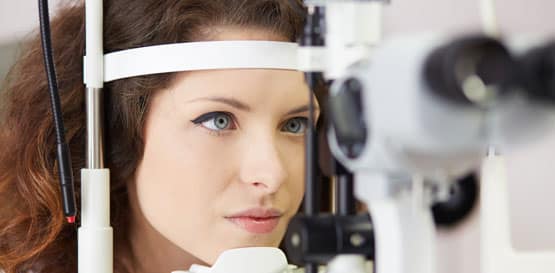A “sight test” or “visual screening” describes a procedure called a refraction that measures a person’s ability to see an object at a specific distance. It is used to determine a prescription for eye glasses or contact lenses. Refraction cannot be used to diagnose eye or vision problems. For that, a person needs a comprehensive eye exam.

